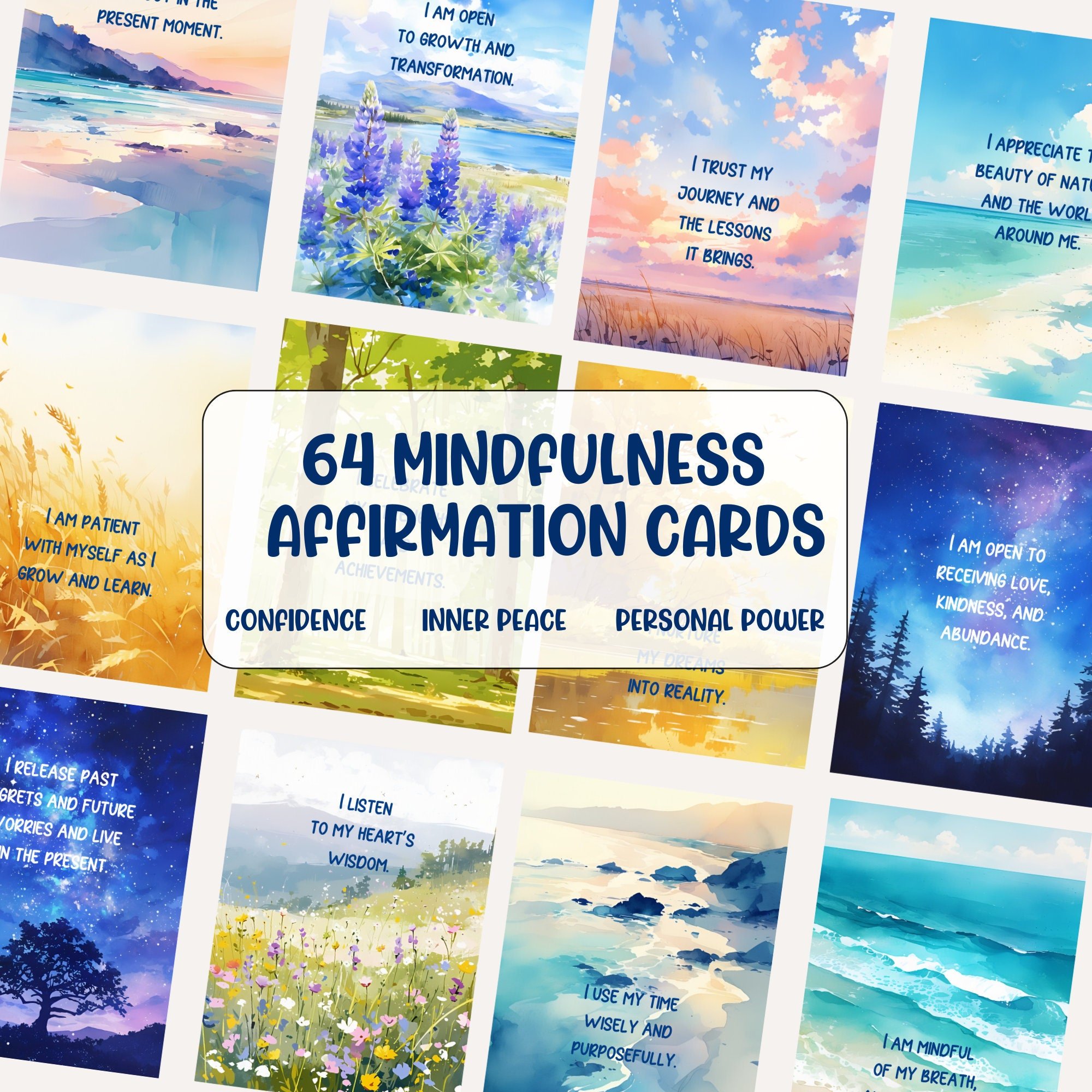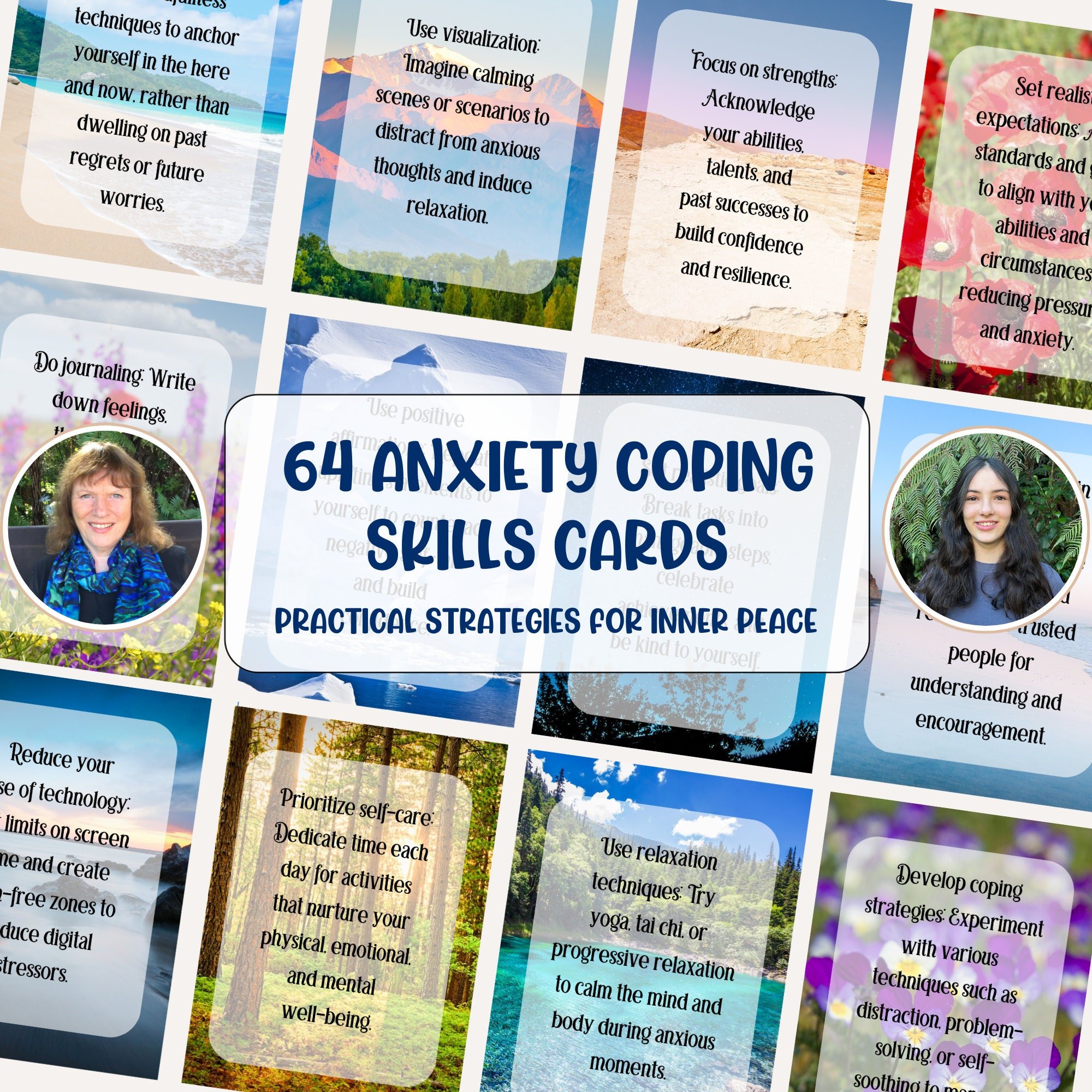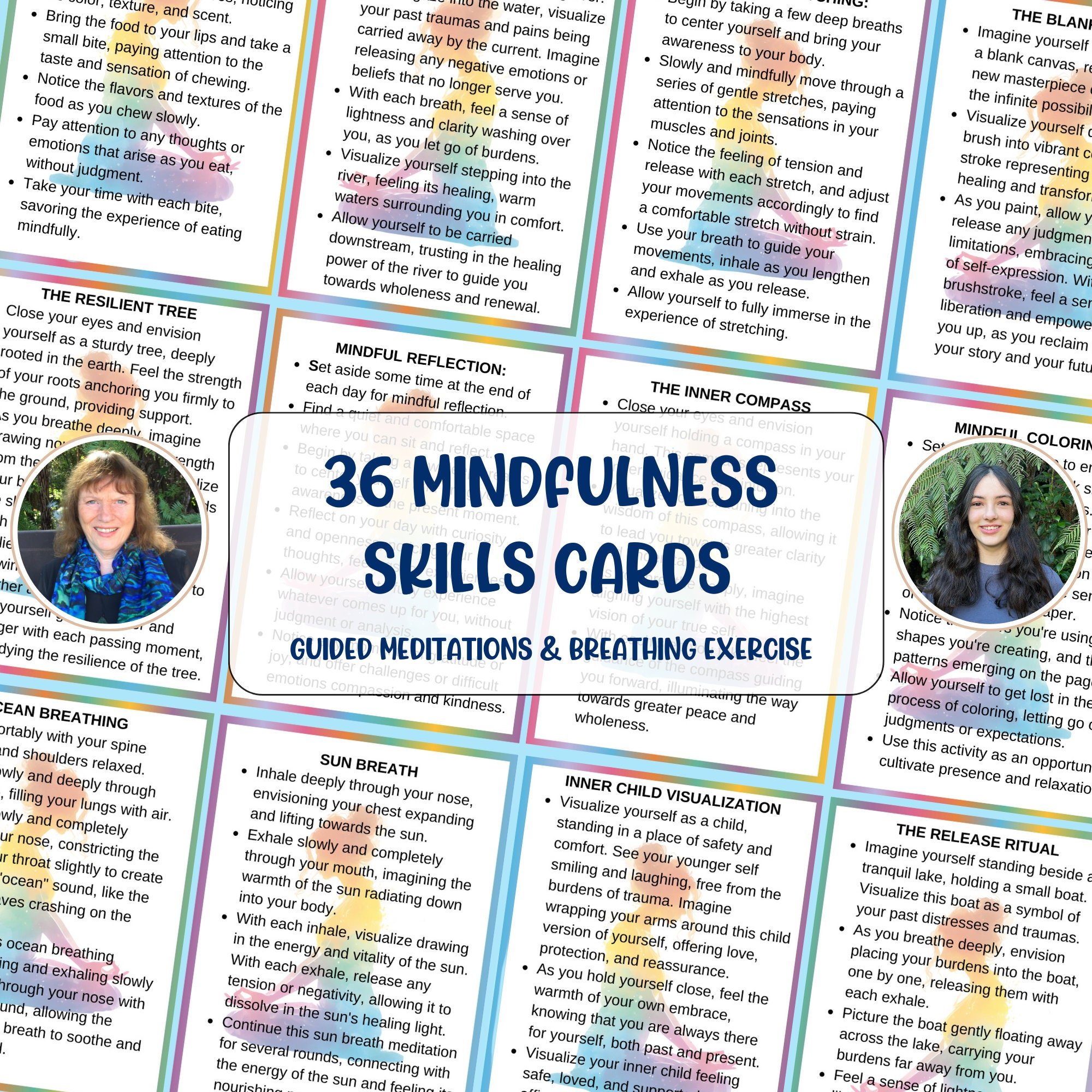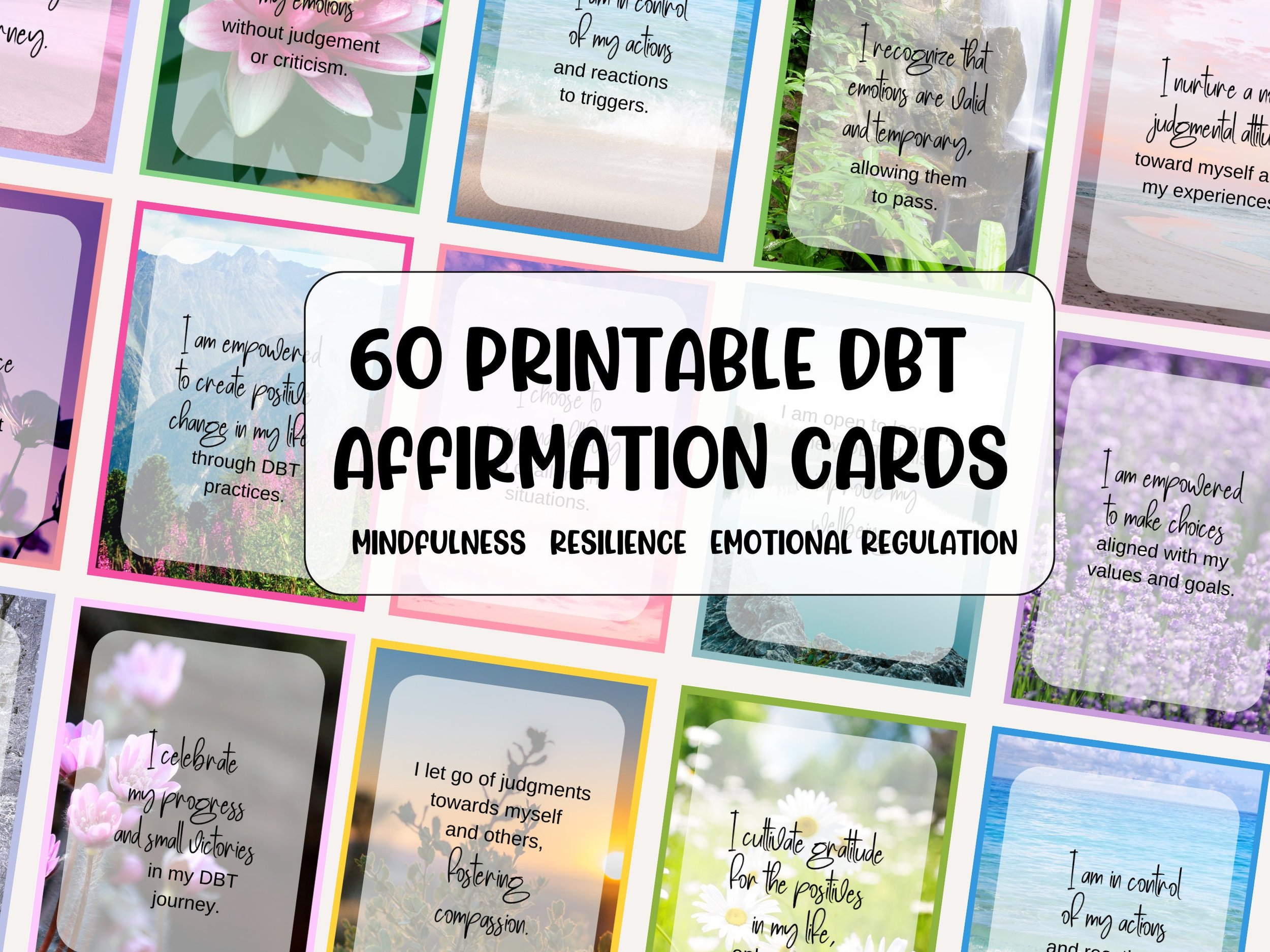The Vagus Nerve Explained: Your Body’s Secret Pathway to Calm
Have you ever wondered why deep breathing, humming, or even a warm bath can make you feel more relaxed? It all comes back to a remarkable part of your body you may not have heard much about: the vagus nerve. This quiet powerhouse plays a major role in how calm, safe, or anxious you feel each day—and once you understand it, you’ll see your stress responses through a whole new lens.
Let’s explore how this nerve works, what it does, and why it might just be your body’s best-kept secret for emotional regulation and healing.
What Is the Vagus Nerve?
The vagus nerve is the longest cranial nerve in your body, running from your brainstem down through your neck and chest, reaching all the way to your gut. The name “vagus” comes from the Latin word for “wandering,” and it lives up to its name—this nerve touches almost every major organ along the way.
It’s a key part of your parasympathetic nervous system, also known as the "rest and digest" system. While your sympathetic nervous system gears you up to fight, flee, or freeze, the parasympathetic system—led by the vagus nerve—helps you calm down, slow your heart rate, digest food, and return to a state of safety.
In short: when your vagus nerve is active and healthy, your body can rest, heal, connect, and feel at ease.
Why the Vagus Nerve Matters in Stress and Trauma
When you’ve experienced chronic stress or trauma—especially during childhood—your nervous system may become dysregulated. Instead of bouncing back from stress, you might stay stuck in high alert or feel numb and shut down.
That’s where the vagus nerve comes in.
A well-toned vagus nerve acts like a brake pedal, helping you shift gears out of survival mode and back into calm. But when the vagus nerve is weakened or overburdened, it’s harder to return to baseline after a triggering event. You might feel chronically anxious, emotionally reactive, exhausted, or disconnected.
The good news? You can retrain and strengthen your vagus nerve—and it doesn’t require hours of meditation or expensive therapy.
Signs Your Vagus Nerve May Need Support
You feel stuck in “on edge” mode—even when there’s no clear danger
You often have a racing heart, shallow breath, or digestive issues
You struggle to bounce back from emotional overwhelm
You feel disconnected from your body or emotionally numb
You crave calm, but can’t seem to feel it in your body
If this sounds familiar, it doesn’t mean something is wrong with you. It means your nervous system may be overworked—and your vagus nerve is likely calling out for care.
How to Support and Strengthen Your Vagus Nerve
The vagus nerve responds beautifully to small, consistent actions—especially those that signal safety, rhythm, connection, and breath.
Here are a few simple ways to begin:
Humming or singing (especially at a low pitch)
Deep, slow exhaling (longer out-breaths activate calm)
Cold water splashes on the face
Gentle movement like rocking, stretching, or walking
Laughter and social connection
Touching your chest with warmth (like placing your hand on your heart)
Listening to calming music or nature sounds
Safe, predictable routines
For more vagus nerve strategies see our Vagus Nerve Practice Cards.
These are not quick fixes, but over time, they gently train your body to feel safe again, rebuilding your capacity to regulate.
The Vagus Nerve as a Path to Healing
In trauma recovery and emotional regulation, we often talk about mindset, boundaries, and coping skills. But true healing also lives in the body—and the vagus nerve is a bridge between mind and body.
When you understand and support this powerful nerve, you’re not just calming yourself in the moment—you’re gradually rewiring your system to hold more peace, presence, and resilience.
Whether you’re parenting a strong-willed teen, navigating anxiety, or working through past trauma, your vagus nerve is with you every step of the way—quietly helping you come home to yourself.








